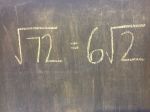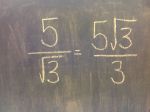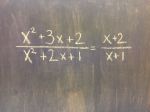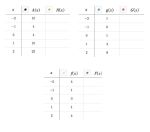Good turn out for my session Saturday morning (EIGHT O’CLOCK!).

Thanks to Ashli Black (@Mythagon) for the shot of title screen.
Alternate title: “Slaughtering Sacred Cows w/ Your Host, Prof. @trianglemancsd.” #NCTMDenver
— Dan Meyer (@ddmeyer) April 20, 2013
Rate of change & accumulation – BIG ideas for Middle School and beyond. @trianglemancsd #NCTMdenver
— Marc Garneau (@314Piman) April 20, 2013
We’re taking simplifying radicals, rationalizing denominators, factoring, cubics, quartics, & functions to the woodshed here. #NCTMDenver
— Dan Meyer (@ddmeyer) April 20, 2013
@trianglemancsd emphasizing experiencing ideas in informal contexts as a foundation for higher, formal math. RME everywhere! #NCTMDenver
— Raymond Johnson (@MathEdnet) April 20, 2013
Haven’t thought about rates of change, derivatives, etc in a long time. @trianglemancsd stretching my brain this morning!
— Katherine Bryant (@MathSciEditor) April 20, 2013
I’ll get some more details up here sometime soon. In the meantime, here’s the handout (.pdf). And here’s the slide deck (.zip, and which—to be honest—was just a photo album on the iPad; the simplicity of this was liberating).
Here are Alison Krasnow’s notes from the session.
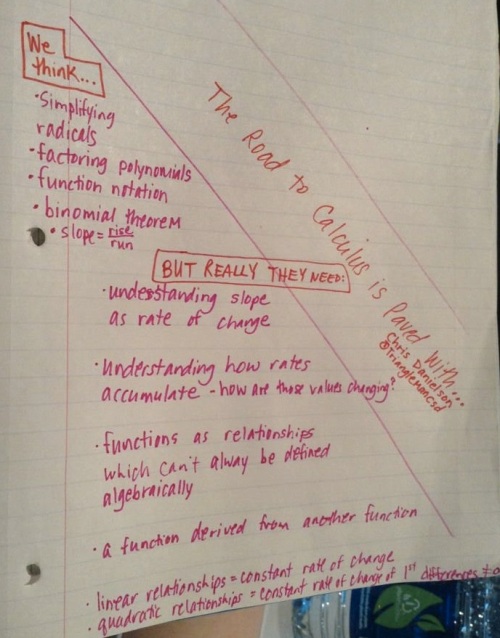 One last thing…this is the absolute best form of session feedback, as far as I am concerned—getting to read someone else’s notes on the session speaks volumes about what participants experienced (in contrast sometimes to what I think we did).
One last thing…this is the absolute best form of session feedback, as far as I am concerned—getting to read someone else’s notes on the session speaks volumes about what participants experienced (in contrast sometimes to what I think we did).
The slides:
UPDATE: This talk has been adapted to a paper submitted to Mathematics Teaching in the Middle School. I’ll keep you posted on its progress.


